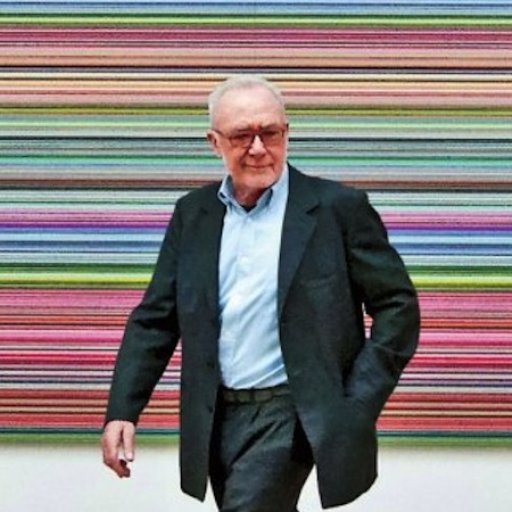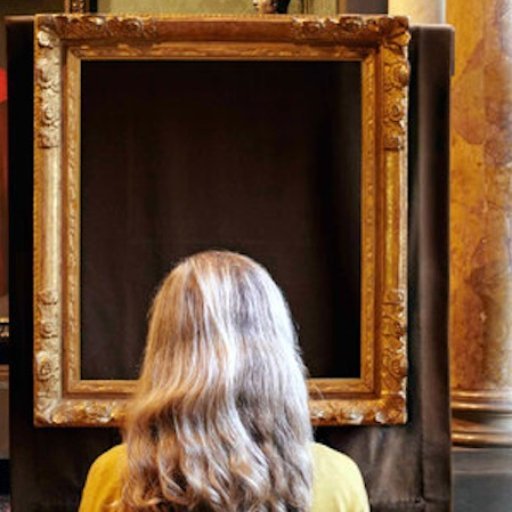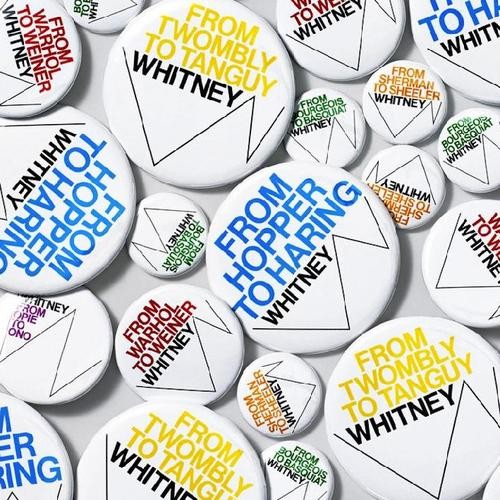The Dia Art Foundation is expecting an infusion of about $20 million when it sells off all of the Cy Twomblys in its collection, plus a few John Chamberlains, and its only Barnett Newman, at Sotheby’s postwar and contemporary art auctions next week. It’s a big move for an institution whose reputation rests largely on the very 1960s-era Minimalist and Conceptual art with which it’s parting ways. But Dia director Philippe Vergne has said that the museum “cannot be a mausoleum,” and plans to use the proceeds to fund a new acquisition budget.
It remains to be seen what Dia—which famously underwrote some of America's greatest Land Art works during the 1960s and '70s—will ultimately do with the money, but the institution has expressed a clear interest in branching out into new media. “It has been very much our mission in the last few years, commissioning new work in performance and sound art,” said Kelly Kivland, a Dia curator with a background in performance art.
Some might have noticed this playing out already. Last month, curators brought the postmodern choreographers Lisa Nelson and Steve Paxton to perform at its soon-to-open Chelsea outpost, and Dia will continue working with the pair during the year to prepare for a return performance next fall. (In 2011, Dia staged a similar year-long dance series with Yvonne Rainer.)
The institution has also increased the performance budget for its annual fund-raising galas, last year commissioning video artist Tony Conrad and, next week, plans to feature a new live work from the electronic-music duo Matmos. Kivland stressed that the event will be more than a party performance—“it’s actually part of a program.”
Drew Daniel, who comprises one half of Matmos along with his partner M.C. Schmidt, agreed that they wanted to do more than just entertain guests at a “swanky party.” And so the Baltimore-based duo traveled to New York in September to begin recording a site-specific project inside the former Alcamo marble factory at 541 W. 22nd Street, which will house the new Dia space.
From inside the empty, echo-y space, Daniel and Schmidt sang and hummed drone-like melodies, whistled on bird and duck calls, dropped plastic tubes, rocks, and metal rods on the floor and threw cell phones against the walls.
“We tried to capture the sound of the room as it responded to different intensities of noise and activity,” said Daniel. The sounds will be remixed, layered, and ultimately recycled back into the same space from which they originated when the pair live mixes the new tracks at Monday’s event.
The event also includes an eight-person chorus comprised of volunteers from the event. The singers will wear headphones and sing back the recorded words they hear, which come from mysterious-sounding transcripts of “the statements of experimental test subjects during the Ganzfeld experiments into telepathy.”
Apart from literally co-opting the framework of the museum, Matmos also sees itself operating, in some ways, within the larger conceptual structure that Dia has helped establish since the 1970s. Thinkers like Sol LeWitt and Lucy Lippard have been "a huge influence on how M.C. Schmidt and I think about the relationship between sound-as-sound, and the conceptual implications surrounding how we identify what the source of a sound is," Daniel said. "Our work is neither the concept nor the sounds of our songs but rather the forcefield of tension and relationship between those two related, yet distinct, zones; the work happens when images and words and cultural context acts upon the raw immanent experience of hearing vibrations and they struggle for determination."
“This project is an extension of something that’s very much been a part of our history,” said Kivland, noting that the organization helped Minimalist composer La Monte Young realize his Dream House in 1979, and acquired Max Neuhaus’s sound installation Times Square in 2002.
“But because we have this increased presence in New York City, we’re really honing in and invigorating and have an earnest dedication to increasing our performance and sound program. It’s always been a part of it, but there’s a recognition that it's going to be renewed.”























